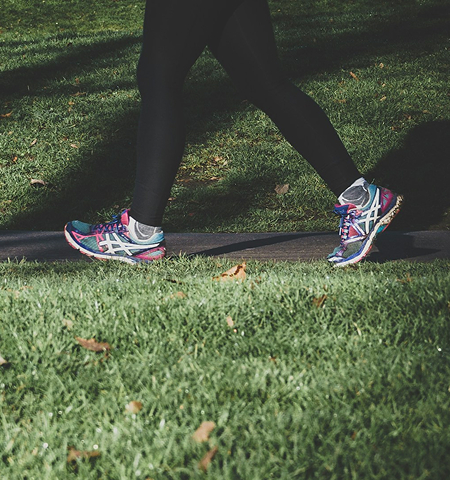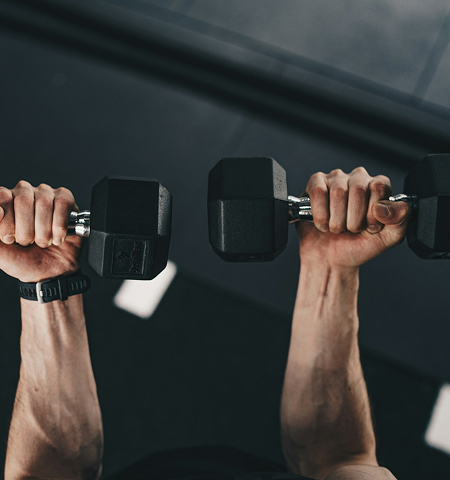Back Training Basics: How to Train Your Back Effectively in the Gym

Training your back can sometimes feel complicated because there are so many exercises out there. But really, it all comes down to understanding two main types of arm movements. In this post, I’ll explain which muscles you’re working with and how to target them better in your workouts.
Two Key Movements for Back Training
When it comes to training your back, the main breakdown is between two pulling motions:
- Horizontal pulling – this is where your arms start out in front of you and pull backwards towards your ribs.
- Vertical pulling – here, your arms start above your head and pull down to shoulder level or below.
What’s important to know is that to get the most out of your back training, you should include exercises that cover both these movement patterns.
Horizontal and Vertical Pulling Exercises
Here’s a simple table showing some common exercises for each type of pulling:
Horizontal Pulling Exercises for the Back:
- Dumbbell Bent Over Row
- Barbell Bent Over Row
- Chest Supported Row (High Elbow)
- Chest Supported Row (Low Elbow)
- Single Arm Dumbbell Row
- Seated Cable Row (High Elbow)
Vertical Pulling Exercises for the Back:
- Pull Ups (wide grip)
- Lat Pulldown (wide grip)
- Pull Ups (neutral grip)
- Lat Pulldown (neutral grip)
- Straight Arm Pulldown
- Assisted Pull Up
How to Target Your Lats More Precisely
You might notice many of these exercises look quite similar but with subtle differences in grip and arm position. This changes which parts of your lats get worked.
Your lats (latissimus dorsi) can be thought of as having upper and lower sections. Although you can’t completely isolate one area, you can shift emphasis slightly.
- To focus more on the upper lats (the part nearer your armpits), use a wider grip and keep your hands further away from your torso. Wide grip pull ups or overhand lat pulldowns are good examples.
- To target the lower lats, bring your hands closer in line with your shoulders and pull down near your ribs. Neutral grip pulldowns or pull ups work well here.
If you’re not sure which area to focus on, I recommend mixing both types throughout your training week for a balanced back.
Traps, Rhomboids and Rear Delts in Horizontal Pulling
Now, let’s talk about what happens with horizontal pulling movements and which muscles become more active.
Many people think traps (trapezius muscles) are just the ones you see when shrugging your shoulders. In fact, the traps have three parts: upper, middle, and lower.
But it’s not just traps that get worked during horizontal pulling. The rhomboids (between your shoulder blades), rear deltoids (back of your shoulders), and lats also contribute.
The key difference depends on your hand and elbow position:
- When your hands are raised and pulling in line with your shoulder blades (think barbell rows or T-bar rows), you activate the upper and middle traps, plus the rear delts more.
- When your hands pull closer to your ribs (like single-arm rows or seated cable rows with a V-bar), you work the lats more strongly.
Remember, muscles don’t simply switch off like lights — even in single-arm rows, your traps are still involved, just less than when your elbows are higher.
If you want to dig deeper into how elbow position affects muscle activation, there’s research available showing how seated rows influence the traps, rhomboids, and lats.
Why Range of Motion Matters More Than You Think
Exercises are great, but if you want to actually see progress, technique is everything.
Back exercises are often some of the worst performed in gyms. You’ll see bent-over rows using momentum instead of controlled movement, or pull ups only going halfway down.
Sure, lifting heavier weights or doing more reps might feel good for your ego, but if you’re sacrificing form, your muscles aren’t working as hard as you think.
Focus on getting a full stretch on the muscle at the start of the movement, and pulling with control and force through the whole range. You may need to drop reps or weight at first, but good technique beats quantity every time.
If you want some extra help, I’ve made videos showing proper technique for bent-over rows, Pendlay rows, and single-arm dumbbell rows. Here are the links:
- Bent Over Row + Pendlay Row: Instagram Video
- Single Arm Dumbbell Row: Instagram Video
Sample Back Training Plans to Try
I recommend training your back twice per week for strength and size improvements. Here are two example plans you can try depending on your preference:
Option 1: Mixed Movement Approach
Monday
- Barbell Bent Over Row – 3 sets of 6-8 reps
- Pull Ups (neutral grip) – 2 sets to max effort
Thursday
- Seated Lat Pulldown (overhand grip) – 3 sets of 8-12 reps
- Single Arm Dumbbell Row – 3 sets of 6-8 reps per side
Option 2: Movement Plane Split
Monday: Vertical Pulling
- Weighted Pull Ups (overhand grip) – 3 sets of 5-8 reps
- Seated Lat Pulldown (neutral grip) – 3 sets of 8-12 reps
Thursday: Horizontal Pulling
- T-Bar Rows – 3 sets of 6-8 reps
- Seated Cable Row (arms tucked) – 3 sets of 6-10 reps
You can swap out exercises to suit your equipment or preferences, but the key is to pick a few and stick with them consistently for at least eight weeks.
Key Takeaways for Your Back Training
To wrap up, here are the fundamentals I hope you’ll take away:
- Include both vertical and horizontal pulling exercises in your routine.
- Change grip width and hand position to work different parts of your back.
- Focus on controlled technique with a full range of motion rather than chasing heavy weights or more reps.
About Me and How I Can Help
Hi, I’m Sam. I’m a personal trainer based in Stourbridge who helps everyday people train smarter, not just harder. Whether you’re new to the gym or want to push past a plateau, I can support you in building muscle, improving your confidence, and training more effectively.
I offer personal training in my private space locally, and online coaching through a tailored app for those further afield.
If you’re keen to get more from your workouts and finally see progress, drop me a message. Let’s build a plan that suits you and helps you reach your goals.


.webp)


